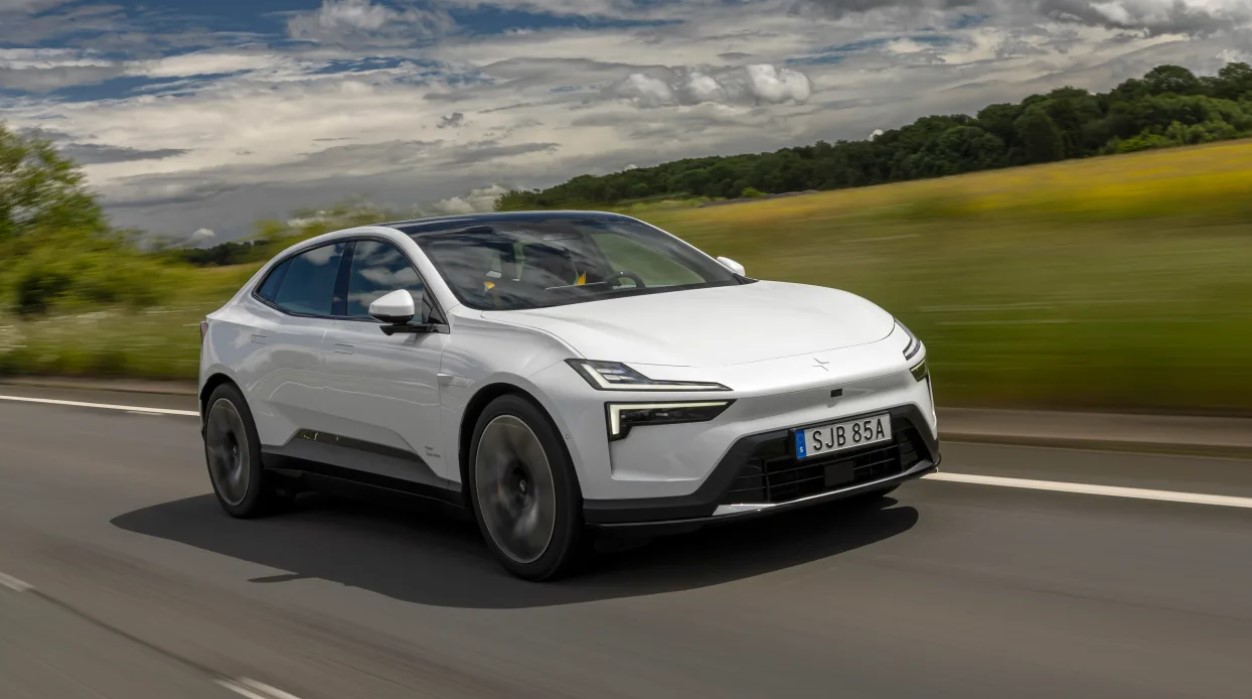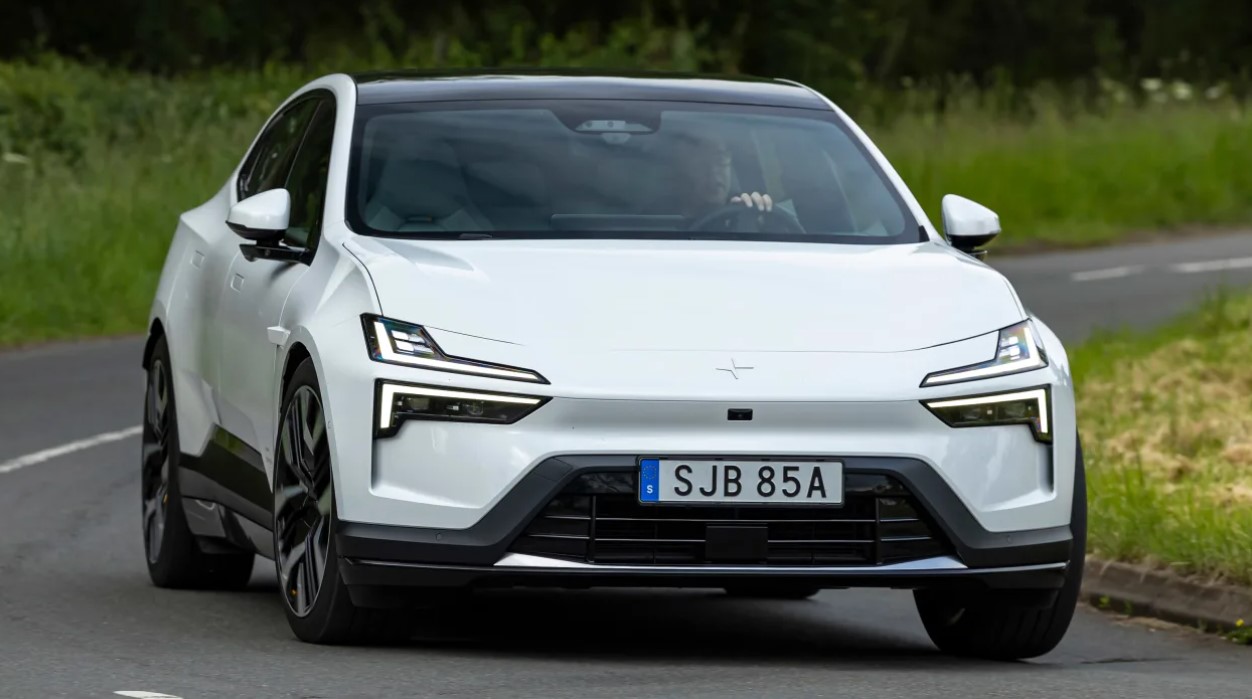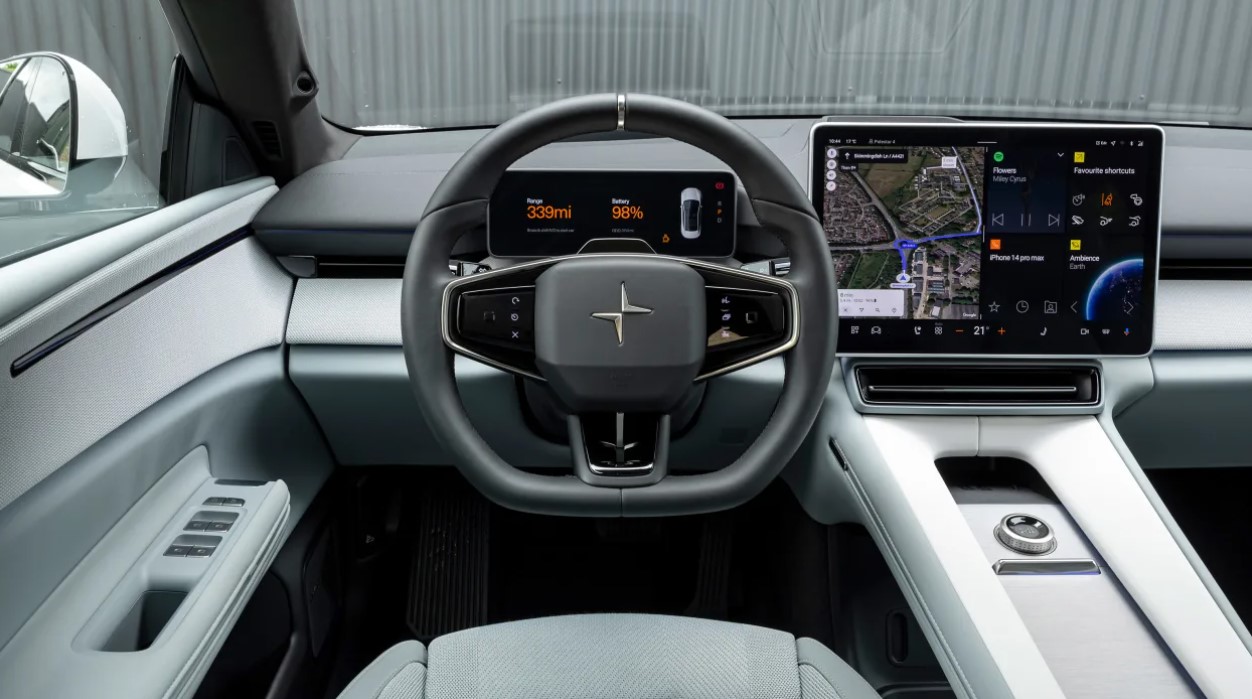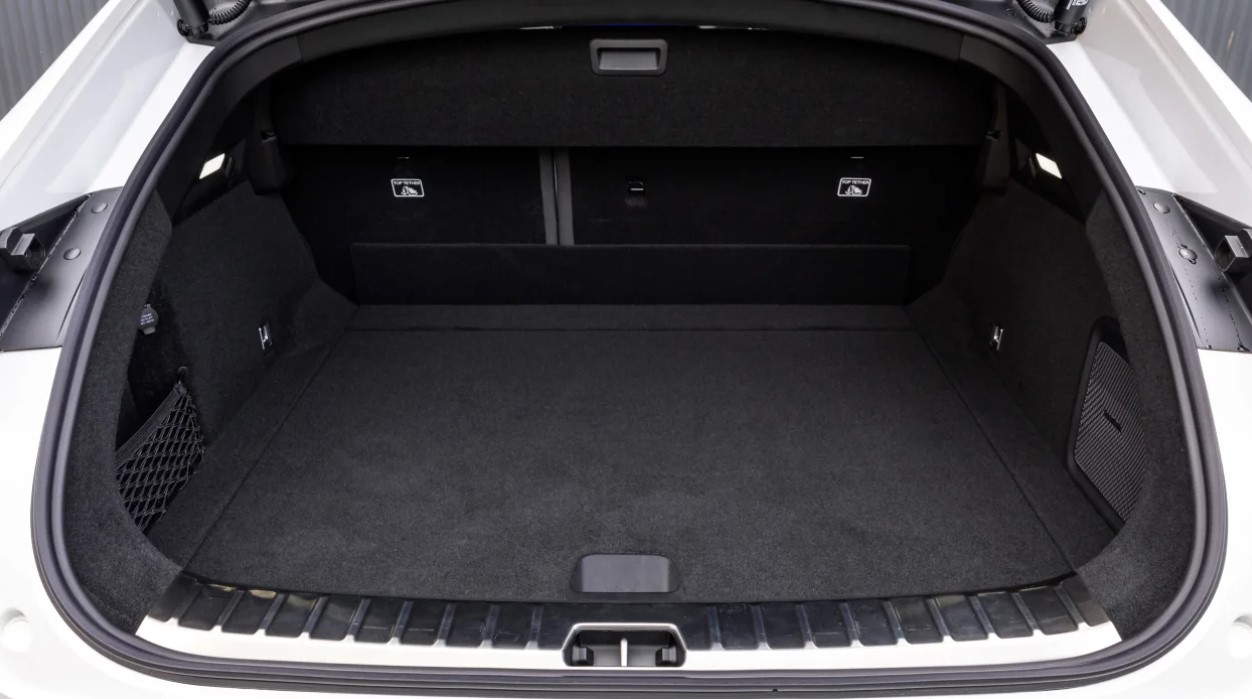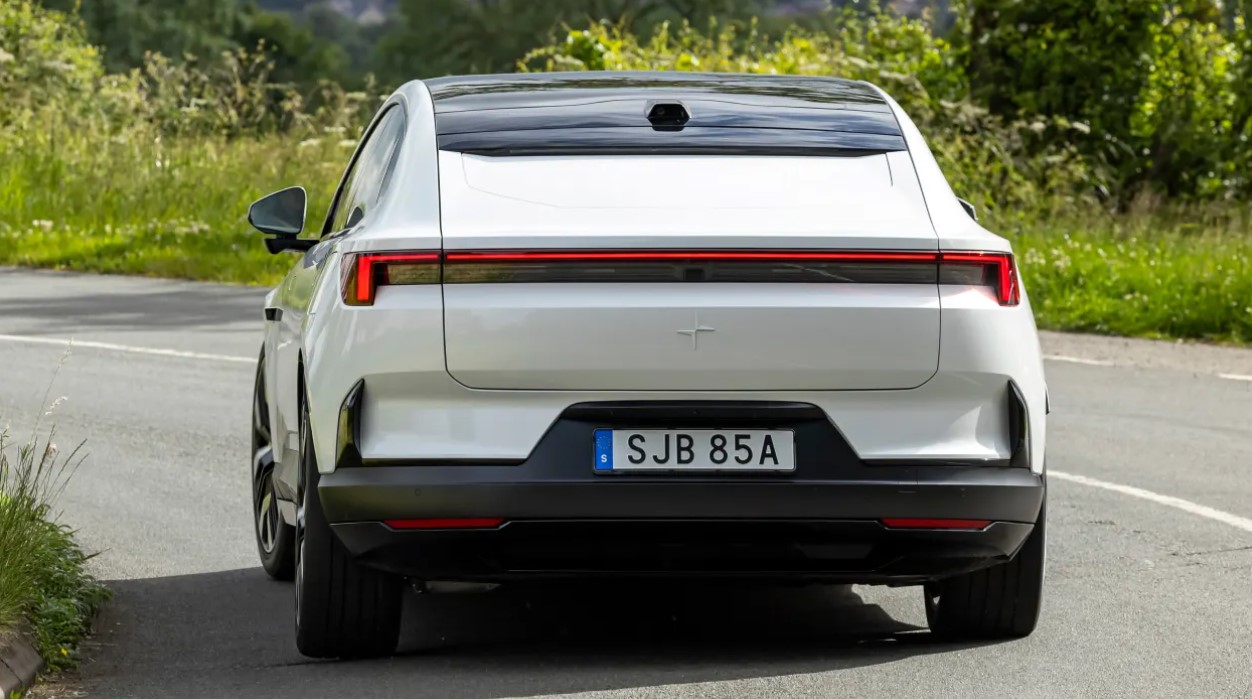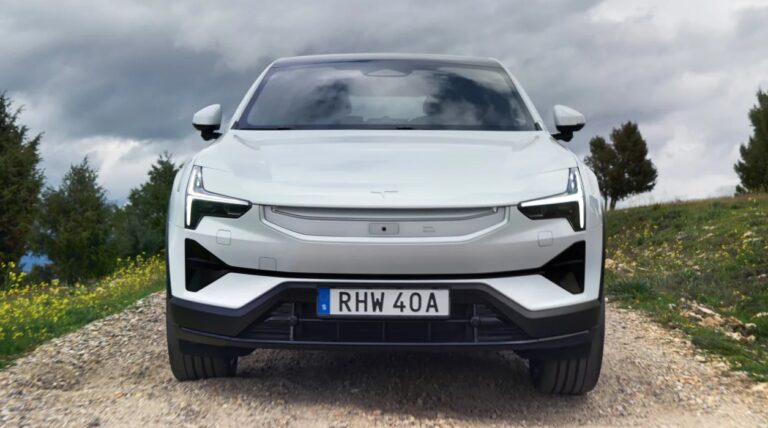2026 Polestar 4 Specs, Dimensions, Features
2026 Polestar 4 Specs, Dimensions, Features – When it comes to mid-size luxury electric SUVs, the 2026 Polestar 4 is a unique and excellent choice. The clever choice to eliminate the rear glass may draw attention, but it has less of an impact on the car’s utility and driving experience than you might imagine.
Despite being big, useful, and loaded with technology, the 2026 Polestar 4 could be more entertaining to drive, and the user interfaces might require some getting used to. 2026 Polestar 4 Specs
Table of Contents
2026 Polestar 4 Redesign and Update Plan
Exterior & Interior
Polestar’s growing range of vehicles, all of which have recognizable looks, are based on the 2020 Precept concept. Along with a higher-riding side profile that helps conceal the battery position inside the wheelbase, Polestar design is becoming known for its functional front end with its dual-headlight form, all-around smooth surface, contrasting lower-body panels, and a full-width rear light bar.
As you can see, Polestar has chosen to display its technology rather than conceal it behind the bodywork of the 2026 Polestar 4. You may see some of the 11 external cameras. You will notice right once that there is no back window. Polestar made a decision that might turn off many potential customers seeking a more conventional driving experience.
The purpose of the standard-fit digital rearview mirror is to render the back window ineffective. The back camera’s 8.9-inch display shows photographs with exceptional clarity even though it only has 2.5 megapixels. Customers will be able to disable their cars’ panning feature, as far as we can tell, although doing so will cause the vehicle to pan left and right (jumping abruptly rather than gradually). However, the 121-degree field of view is excellent, so it’s fine. If you need to see how the people in the backseat are doing, it’s easy to turn it into a regular mirror.
Even while it takes some getting used to and some individuals will always prefer a traditional windshield and rearview mirror, Polestar’s implementation in this case is excellent. Even though Polestar claims that the camera’s placement should ensure that it remains clear, we’re interested to see how it will do against dust and mud without an integrated washer. Our testing in the dark showed that it efficiently eliminates headlight glare while maintaining a crisp display.
The designers maintained the elegant look while increasing the amount of headroom in the back by removing the rear window. After spending some time in the back seat of the 2026 Polestar 4, you won’t hear any complaints from the rear passengers because of the side windows, which extend farther back behind your head than normal, and the optional reclining rear seats, which are part of the Plus Pack. Additional features include plenty of legroom, a panoramic glass top that fits standard, and premium materials in the back.
The electrically controlled, heated front and rear seats are quite comfortable. You have the option of selecting the Nappa Pack in addition to the Plus Pack, which includes headrest speakers to complement the Harman Kardon sound system and perforated Bridge of Weir Nappa leather upholstery with a massaging function.
Like the rear, the materials used in the front of the cabin give it an opulent appearance. However, because the vehicles are constructed on separate platforms, the buttons and switches are largely different from those in the Polestar 3. The ambient lighting display, which is based on a solar system with varying colors for the sun, moons, and planets, may seem a little corny, but it does a good job.
The center console has several design flaws despite its simple and elegant appearance since it is difficult to reach the spacious area beneath while seated in the car. Additionally, the front storage area is a little cramped. The middle volume on/off dial didn’t seem as high-quality as other parts of the automobile, and it looked like the exploding dome from the board game Frustration.
Instead of the Polestar 3’s portrait infotainment screen, the front of the vehicle has a landscape 15.4-inch screen. Though slightly different from the Polestar 3’s, it makes use of a Google-based arrangement that is quite effective. Despite the fact that our automobile wasn’t always responsive to inputs, the general design is straightforward and easy to grasp (particularly sliding features). We’ve been informed that a more smooth experience will be offered by customer automobiles.
The car has relatively few physical buttons; the screen controls the majority of the functions. Although the home screen offers certain conveniences, we would much rather have actual knobs and dials for climate control and other functionality for ergonomic reasons. The steering wheel has real buttons, but the side arrows are illuminated and used for different menus. This is an odd choice, although it doesn’t really affect the 2026 Polestar 4’s usability.
A 10.2-inch display in front of the driver shows all the information that is required; it may be tilted to display the map or the active safety features. The head-up display appeals to us due to its inconspicuous appearance and crisp graphics. 2026 Polestar 4 Specs
2026 Polestar 4 Specs
Engine & Performance
The Smart #3, Volvo EX30, and Zeekr X, as well as the Lotus Emeya’s improved EPA (Electric Premium Architecture) configuration, have already introduced us to the Geely group’s new SEA platform. Despite being in a different class than other vehicles, the 2026 Polestar 4 has demonstrated that it can deliver a positive driving experience with its latest platform version, SEA1.
The 2026 Polestar 4 has been tested on a range of roads, including the bumpier roads in Britain and the curving, smooth highways in Spain. No matter where you drive the 2026 Polestar 4, you’ll notice right away that the seats and driving posture are perfect, offering plenty of comfort and support. whether you want to switch seats, a notification will appear on the infotainment screen asking whether you would like to confirm the position. This notice won’t appear if you have a driver profile because you will already know your driving position, even though at first we believed it was completely superfluous.
With a single motor, the 2026 Polestar 4 weighs an amazing 2,230 kg, and with two motors, it weighs an additional 25 kg. The weight of the 2026 Polestar 4 has a little effect on how it handles on rougher roads at low speeds. The larger 21-inch wheels on our single motorcar seemed a touch wobbly, but they probably didn’t make the ride any better. The suspension effectively muffles large potholes and speed bumps while yet having sufficient travel to manage them.
The 2026 Polestar 4 settles down nicely and becomes into a competent cruiser at greater speeds. Although the general amount of sound deadening is great, the odd wing mirrors that rest on plinths and make some wind noise are a little annoyance against elegance.
We also tested the twin motor version, which has adjustable dampers that aren’t available on the single motor but lacks any discernible finesse. By lessening ruts and bumps in the road, the 2026 Polestar 4 offers greater comfort than the base model. Three settings are available for the dampers: “Standard,” “Nimble,” and “Firm.” While both settings had a little more dynamism, we felt that Nimble and Firm seemed a lot like us, therefore we would advise using Standard mode the most of the time.
Furthermore, the steering wheel weight has three settings: “Light,” “Standard,” and “Firm,” with considerable distinction between them. Firm makes the wheel ideal for more aggressive driving since it provides some comforting resistance without being overly rigid in city settings.
You’ll be reminded of the 2026 Polestar 4’s weight and SUV suspension travel if you push it into a bend. Smooth actions are necessary to avoid unseating the car’s weight since the front end responds slowly to steering commands. The twin motor powertrain will provide you enough traction on longer curves. However, the 2026 Polestar 4’s balance may be affected by more winding terrain.
For most people, the single motor’s 268 horsepower and 343 Nm of torque will be more than sufficient since, unlike many electric cars, there isn’t much of a power loss as you go faster. Despite a small delay in the power transmission from your throttle pedal strokes, acceleration seems to be rather linear.
The 2026 Polestar 4 Dual motor, which boosts power to a supercar-like 536 horsepower with a powerful 686Nm of torque, is essential for anybody looking to provide a bigger straight-line impact. It also seems to be more responsive, albeit not enough to let you to easily switch power in the middle of a corner. The car doesn’t appear to be rear-driven in single motor or all-wheel drive in twin motor mode, and there isn’t much lift from the nose after you plant your right foot. In every arrangement, the driven wheels have a largely consistent feel.
Even if the Dual motor performs quite well, the brakes stand out. The “Performance Brakes” on our vehicle had Brembo calipers and bigger discs. Despite having little pedal travel before they kick in, they provide a lot of stopping force even if they don’t seem particularly grabby.
Low seemed to have the best balance because it provided about the same amount of deceleration as conventional engine brakes. There are three brake regeneration settings: “Off,” “Low,” and “One-pedal.” One pedal is powerful enough to provide one-pedal drive, and the “Creep” mode may be used to completely halt the vehicle.
With its increased power and torque, the 2026 Polestar 4’s two-motor version can finish the same race in 3.7 seconds, while the single-motor version can reach 62 mph in an exhilarating 7.1 seconds. Both vehicles, however, have a peak speed of 124 mph. Although there is a slight hum from both powertrains, Polestar has avoided making artificial engine noises, so the inside is often very quiet. 2026 Polestar 4 Specs
2026 Polestar 4 Fuel Economy
The 2026 Polestar 4’s range numbers are comparable to the finest in the electric coupe-SUV market, regardless of whether you go for the single or twin motor version. Despite not having the same 104kWh battery as the bigger Polestar 3, the Polestar’s 94kWh battery is still rather enormous, and its svelte 0.26 drag coefficient allows you to travel up to 385 miles between charges.
The 2026 Polestar 4 Dual motor’s increased weight and power allow it to go an even more amazing 367 miles, compared to the 358 miles of the fast Audi SQ6 e-tron. Efficiency is increased by the dual motor type’s ability to run in rear-drive when cruising thanks to a mechanism that separates the front motor. The single motor’s anticipated range during our test was 369 miles, whilst the twin motor’s was 342 miles.
Although the 2026 Polestar 4’s design does not cut drag as much as the Polestar 3, its aerodynamically optimized wheels, flush-fitting door handles, smooth surfaces, and a short windshield rake are the reasons for its good range predictions.
The Polesta 4 Dual motor will provide 2.8 miles per kWh, while the Polesta 4 Single motor will provide 3.4 miles per kWh, according to Polestar. To increase economy and range, the 2026 Polestar 4 should receive at least four over-the-air upgrades annually, much like the Polestar 3.
Both versions have a maximum charging speed of 200kW, and the 94kWh battery can be charged from 10% to 80% in 30 minutes. That is far slower than the Porsche Macan Electric, which charges at a rate of 270kW in 21 minutes. 22kW AC charging is available, and a 0–100% recharge takes 5.5 hours at this pace.
2026 Polestar 4 Safety Features
Even though the Polestar 2 was the brand’s sole vehicle at the time, Polestar managed to secure a fantastic second place in the manufacturers list from the 2023 Driver Power poll. Following the full integration of the Polestar 3 and 2026 Polestar 4, these findings will be further developed to provide us a more accurate picture of what owners think of their vehicles.
A significant contrast with the brand’s most recent models would surprise us. The Polestar 2’s road handling, engine, safety features, running costs, and driving enjoyment have all been strong arguments for purchasing one. We expect the Polestar 3 and 2026 Polestar 4 to be more reliable, as 69% of Polestar 2 drivers have some kind of issue in the first year.
The 2026 Polestar 4 has a front radar, 12 external sensors, and 11 cameras to give technologies like adaptive cruise, lane keep assist, collision avoidance, driver alert, and post-impact braking as much information as possible to function efficiently. The 2026 Polestar 4 is equipped with every safety feature, including seven airbags and even an inside radar to help prevent kids and pets from being accidentally left inside.
- Blind spot steering support
- Forward collision warning and mitigation
- Rear collision warning
2026 Polestar 4 Release Date & Price
Why the 2026 Polestar 4 is smaller than the Polestar 3 may be a mystery to you. According to Polestar’s chronological naming strategy, the SUV was given the number 4 as it was the fourth Polestar vehicle to be introduced.
The Polestar 4 is expected to be the company’s best-selling model in 2026, despite being more costly than the Polestar 2 with a starting price of almost £60,000. The price of both the single motor and twin motor models is around £66,990. With dimensions of 4,840 mm by 1,534 mm by 2,139 mm, the Polestar 3 is more streamlined than some of its competitors, including the Tesla Y, Porsche Macan Electric, and its Audi Q6 e-tron sister vehicle. Additionally, compared to its competitors, the 2026 Polestar 4 boasts a longer driving range.
Regarding the various alternatives, Polestar has been rather transparent. The silver “Magnesium” is the only free option among the six paint treatments, which range in price from £1,000 to £1,400. There are also four equipment combinations and a few interior color options. A motorized tailgate, pixel LED headlights, a three-zone temperature control system, a Harman Kardon sound system, and a head-up display are all included in the first of the packs, the Plus Pack, which is now standard on all vehicles.
The £1,800 “Pro Pack” adds 21-inch wheels and gold seatbelts, the £4,000 “Performance Pack” adds chassis modifications to improve the driving experience, and the about £1,300 “Pilot Pack” adds many safety systems.
The 2026 Polestar 4 comes with two different powerplant choices. The rear-wheel drive single motor variant has 268 horsepower and 343 Nm of torque, whilst the twin motor version has 536 horsepower and 686 Nm of torque. They are all powered by a 94-kWh battery.
The 2026 Polestar 4 and the Volvo EX30, Smart #3, and Zeekr X all make use of the parent firm Geely’s SEA (Sustainable Experience Architecture) platform. Because it is “still growing” and prefers to “cherry pick the best from Geely” over developing new platforms, Polestar claims that it selected this platform over SPA2. In contrast, the SPA2 modular architecture serves as the foundation for the Polestar 3.
Note: The details included in this blog post are derived from pre-release material that was accessible when the article was written. If you want the latest information, you should check official sources or call your nearest dealership.
